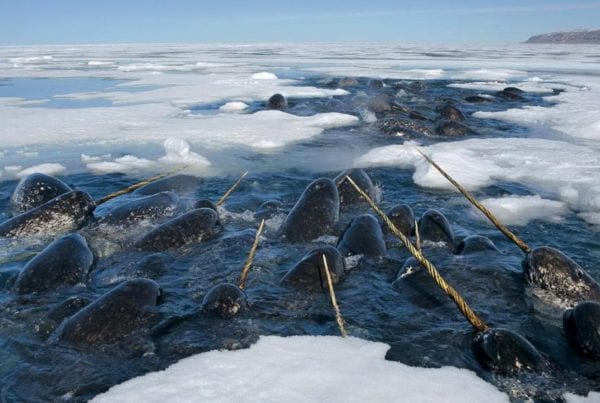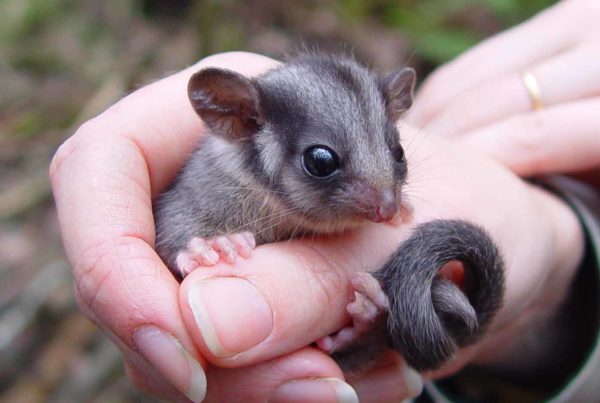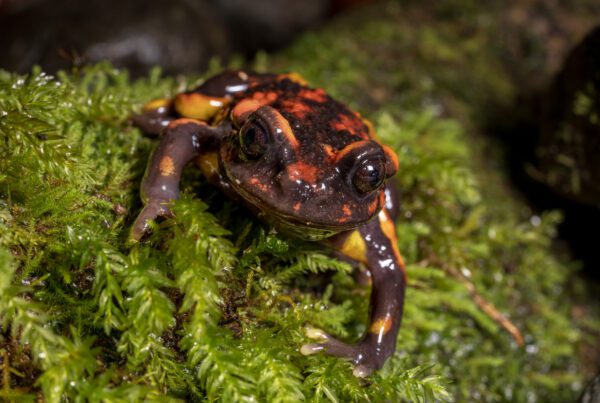The takahē is the rarest and largest flightless rail in the world. Once considered extinct, scientists rediscovered this species in 1948. This project will produce a platinum-quality reference genome of the takahē and assess the genetic variation of the remaining population. Ultimately, these genomic analyses will be paired with detailed phenotypic and environmental data from the Takahē Recovery Programme, to better understand the factors that affect the fitness, persistence, and adaptive potential of the takahē.
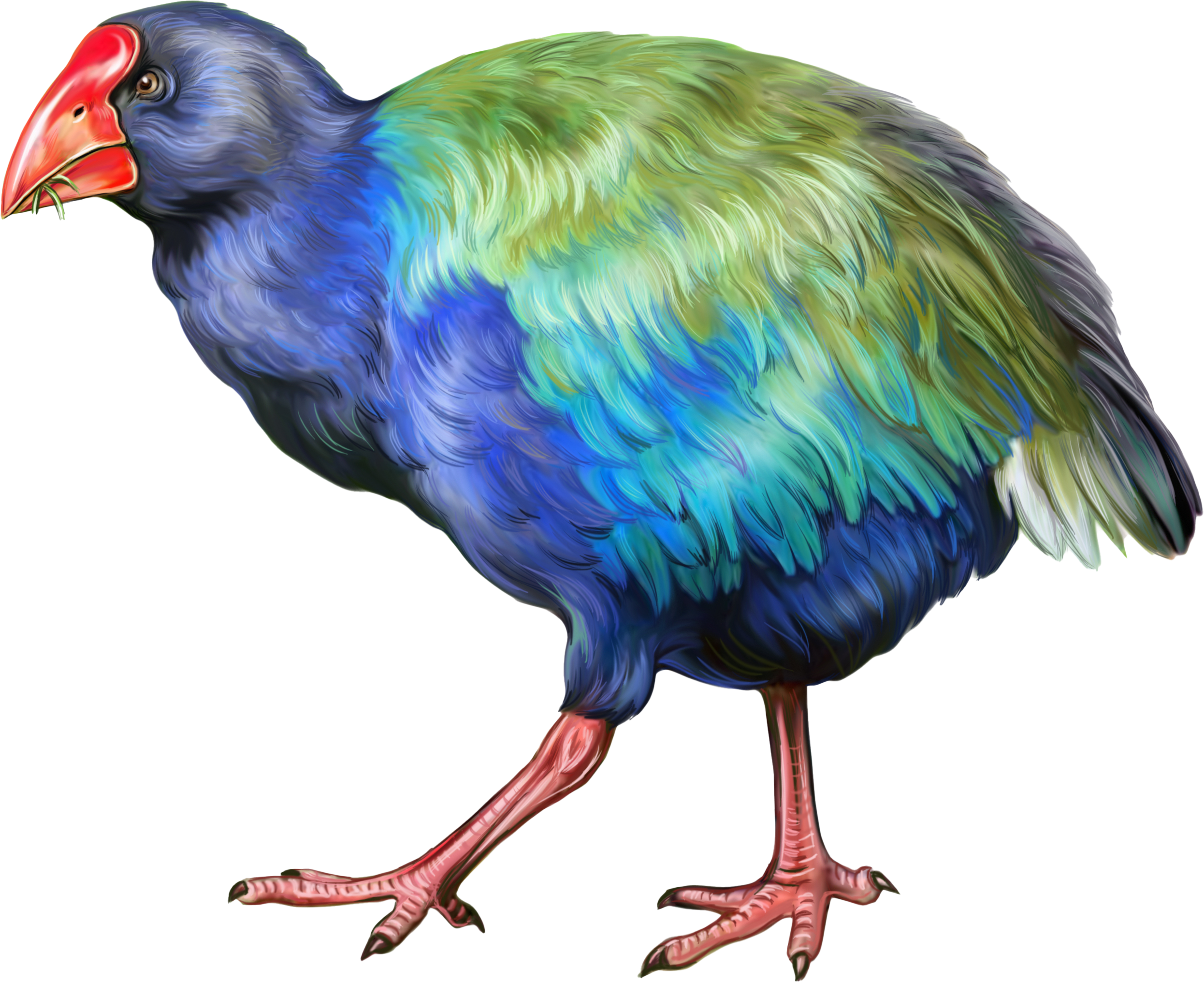
By Dr. Lara Urban, PI for the Takahe Wild Genomes Project
The takahē (Porphyrio hochstetteri) is the rarest and largest flightless rail in the world and is endemic to New Zealand. The species was considered extinct, until scientists discovered a remnant population in 1948 in the remote Murchison Mountains. Some consider the rediscovery of the takahē one of the greatest ornithological moments in history.
Following the rediscovery, the Takahē Recovery Programme was initiated for captive rearing, health monitoring, and translocations. The program also controls invasive deer and stoat species which threaten the takahē through competition for food and predation, respectively. Despite the efforts of the recovery program, the takahē remains highly endangered (<500 individuals left).
To accelerate recovery efforts, Dr. Laura Urban from the University of Otago and collaborators will establish a suite of genomic tools for takahē recovery. They are currently producing an annotated platinum-quality reference genome in collaboration with the Vertebrate Genomes Project and sequencing 84 individuals that are representative of the extant population.
Dr. Urban and team will leverage cutting-edge genomic approaches to investigate the genomic, phenotypic, microbial, and environmental factors that affect takahē survival. Insights from such analyses will inform decisions concerning managed breeding, health monitoring, and translocations of the takahē. Ultimately, their goal is to use advanced genomic tools to assess takahē fitness, persistence, and adaptive potential.
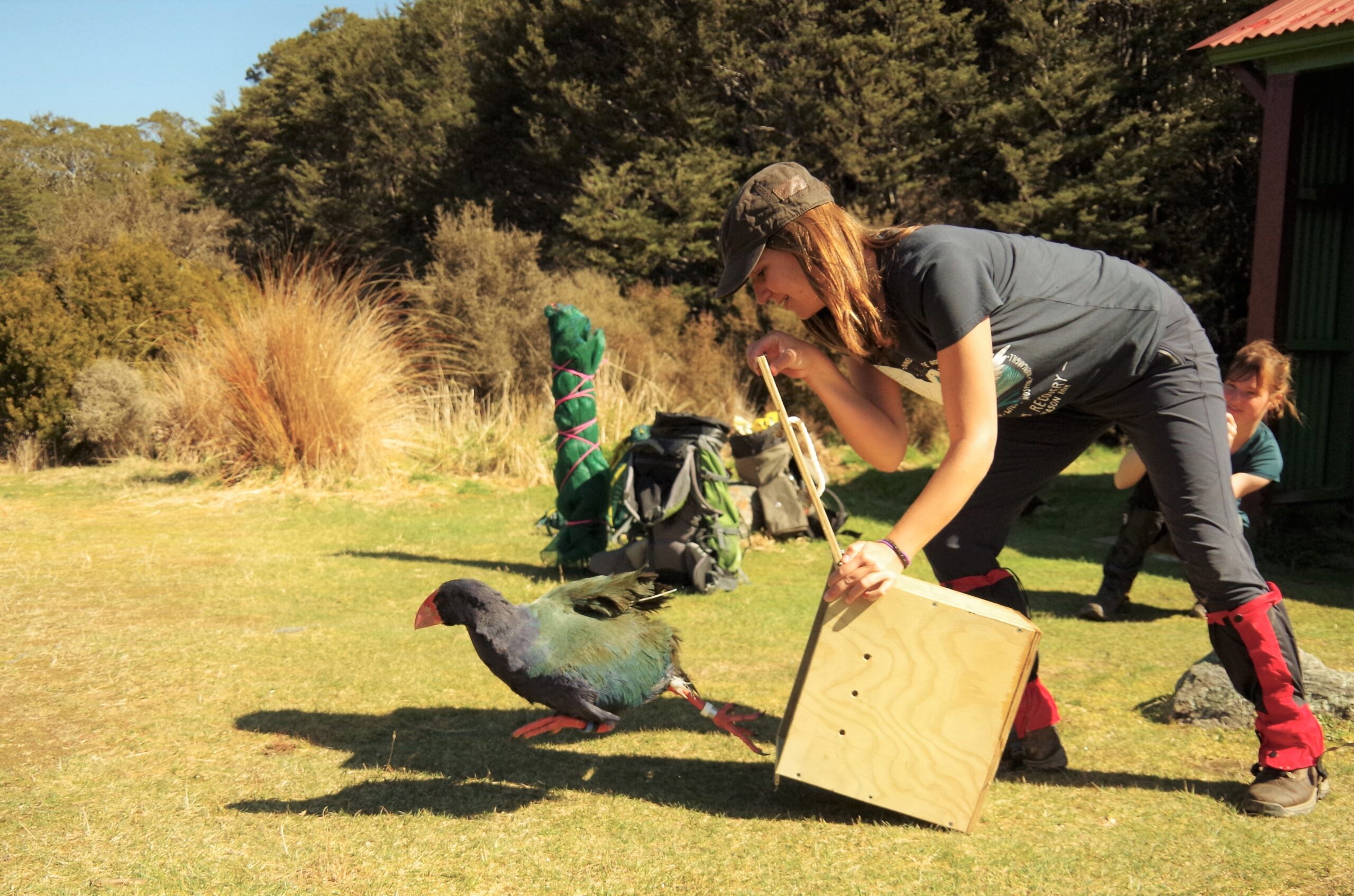
Principal Investigator Lara Urban, University of Otago, releases an endangered Takahē after health monitoring in the Kahurangi National Park. This project is in collaboration with the Vertebrate Genomes Project and the Takahē Recovery Programme, New Zealand
Wild takahe in Kahurangi National Park. This project will create a suite of genomic tools to assess takahe fitness, persistence, and adaptive potential.
Credit: Laura Urban
The only wild takahē population continues to persist in the Murchison Mountains, with some individuals recently released to the iconic Kahurangi National Park. The remaining takahē are maintained in sanctuaries. This project includes health monitoring of the wild populations and number and distribution assessments of individuals.
In order to monitor the wild population in a non-invasive manner, Dr. Urban will trial novel approaches to obtain takahē genomic data from their feces instead of their blood. This could allow researchers to gather information about takahē relatedness, inbreeding, and resilience without interfering with their lifestyle. Even more importantly, they will determine if any genetic diversity remains in the wild population that is not represented in sanctuary populations. The next critical step for takahē conservation is the establishment of more wild territories. This project seeks to apply genomic research to assist the takahē’s return to their ancient habitat, which necessitates a resilient species with reduced inbreeding effects and increased reproduction success.
The re-establishment of takahē across the New Zealand South Island would be a milestone in modern conservation, but also has important ecological ramifications for the tussock ecosystems this species inhabits. Tussock grasses are keystone species that provide important ecosystem functions, including prevention of soil erosion and flooding due to efficient water retention. Thus, as takahē numbers increase, so must the fragile New Zealand tussock ecosystems, leading to spill-over benefits for other threatened species such as falcon (Falco novaeseelandiae), mōhua (Mohoua ochrocephala), and kākā (Nestor meridionalis).
This project is a collaboration between Lara Urban and the Takahē Recovery Programme, Ngāi Tahu, the Kaitiaki Rōpū (guardian) of the species, the Vertebrate Genomes Project, and Revive & Restore. Key collaborators are Glen Greaves, Andrew Digby, Deidre Vercoe, Estelle Leask, Alana Alexander, Joanne Gillum, Neil Gemmell, Olivier Fedrigo and Erich Jarvis.
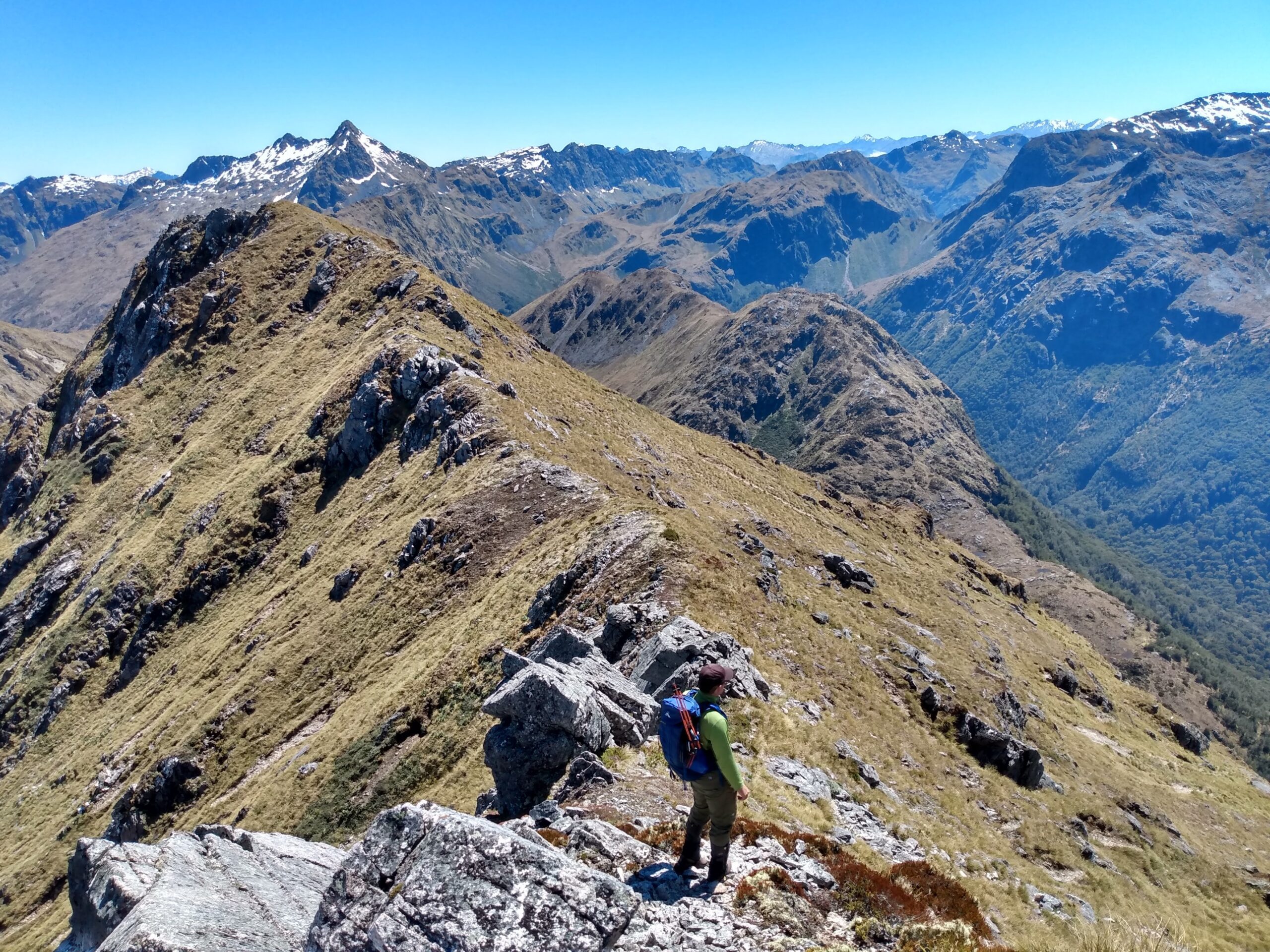
Principal Investigator Lara Urban navigates steep mountains, thick grassland, and freezing rivers to sample the wild takahē population in the Murchison Mountains. Photo: Laura Urban
Special thanks to the partners that support Wild Genomes:





Keep up with Wild Genomes!
Join our mailing list for bi-annual updates from Revive & Restore, including new calls for Wild Genomes proposals.

Explore more Wild Genomes projects
